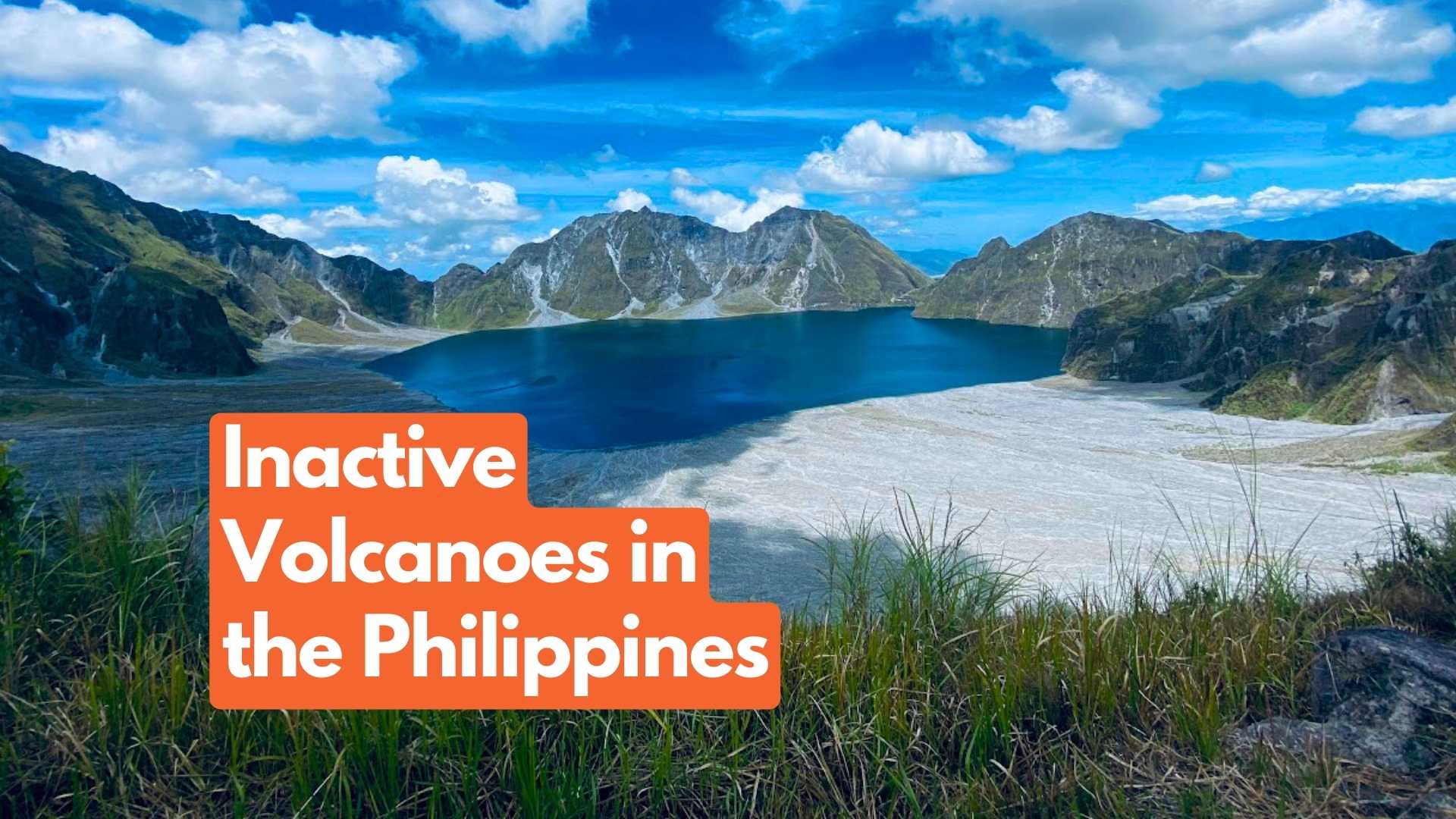
Discovering the Inactive Volcanoes in the Philippines: A Unique Travel Experience
The Philippines, a country known for its captivating beaches and vibrant culture, also boasts some of the most fascinating geological wonders in the form of inactive volcanoes. Offering a one-of-a-kind travel experience, these volcanic sites provide a perfect backdrop for memorable adventures and Instagram-worthy shots.
In this article, we’ll take a closer look at the Philippines’ top inactive volcanoes, essential tips for exploring them, and how to capture their beauty in photos.
Understanding Inactive Volcanoes
A. Definition and characteristics of inactive volcanoes
Inactive volcanoes also referred to as extinct volcanoes, are those that haven’t erupted for several years and are not expected to erupt again. They have no signs of recent volcanic activity, such as gas emissions or seismic movements.
B. How they differ from active and dormant volcanoes
Unlike inactive volcanoes, active volcanoes have a history of eruptions and show signs of potential future eruptions, while dormant volcanoes are currently inactive but could potentially erupt again.
C. The role of inactive volcanoes in shaping the Philippines’ landscape
Inactive volcanoes have played a significant role in shaping the Philippine archipelago’s topography, with their past eruptions creating fertile soils and diverse ecosystems.
Top Inactive Volcanoes in the Philippines Worth Visiting
A. Mount Pinatubo
- History and significance
Mount Pinatubo, located in Central Luzon, is a well-known inactive volcano that last erupted in 1991. Its massive eruption reshaped the surrounding landscape and is considered one of the most powerful volcanic events of the 20th century.
- Trekking and adventure opportunities
Despite its destructive past, Mount Pinatubo now attracts adventure seekers for its breathtaking caldera lake and challenging treks.
- Nearby attractions and accommodations
Nearby attractions include the Capas National Shrine and the Mount Pinatubo Spa Town, where you can relax after your trek. Several hotels and guesthouses are also available for a comfortable stay.
B. Mount Apo
- The highest peak in the Philippines
Standing at 2,954 meters above sea level, Mount Apo is the highest peak in the Philippines and an inactive volcano located in Mindanao.
- Biodiversity and conservation efforts
Mount Apo is home to diverse flora and fauna, including the critically endangered Philippine Eagle. The area is a protected landscape, ensuring the preservation of its natural beauty.
- Trekking and climbing experiences
The mountain offers several trekking and climbing trails that cater to various skill levels, with local guides available for a safe and enjoyable experience.
C. Mount Kitanglad
- Home to an ancestral domain and rich cultural heritage
Mount Kitanglad, another inactive volcano in Mindanao, is recognized as an ancestral domain for the indigenous Talaandig and Higaonon tribes, making it a culturally significant destination.
- Breathtaking views and diverse flora and fauna
The mountain boasts incredible vistas, dense forests, and unique wildlife, making it a paradise for nature lovers.
- Guided treks and eco-tourism opportunities
Visitors can join guided treks and participate in eco-tourism initiatives that support local communities and promote environmental conservation.
Essential Tips for Exploring Inactive Volcanoes
A. Preparing for your trip: gear, permits, and fitness requirements
Before embarking on your adventure, ensure you have proper hiking gear, necessary permits, and the physical fitness required for a trek.
B. Best time to visit and weather considerations
The best time to visit inactive volcanoes in the Philippines is during the dry season, from
November to April, when the weather is more predictable and trails are less slippery.
C. Safety tips and responsible tourism practices
Ensure you follow safety guidelines, stay on designated trails, and practice responsible tourism by minimizing waste and respecting local customs.
Off the Beaten Path: Lesser-Known Inactive Volcanoes
A. Mount Matutum
Located in South Cotabato, Mount Matutum offers a moderately challenging trek with rewarding views of the surrounding landscape and unique flora and fauna.
B. Mount Malindang
Mount Malindang in Misamis Occidental is a lesser-known inactive volcano that boasts lush forests and a variety of wildlife, making it an ideal destination for nature enthusiasts.
C. Mount Kanlaon
Situated in Negros Island, Mount Kanlaon is an inactive volcano that features stunning landscapes, including waterfalls and hot springs, perfect for adventurers seeking an off-the-beaten-path experience.
Unforgettable Experiences at Inactive Volcanic Sites
A. Hot springs and therapeutic mud baths
Many inactive volcanoes have hot springs and therapeutic mud baths, offering a relaxing experience after a challenging trek.
B. Majestic lakes and waterfalls
The craters of some inactive volcanoes are filled with pristine lakes, while others boast breathtaking waterfalls, providing a picturesque setting for a memorable excursion.
C. Unique flora, fauna, and geological formations
Inactive volcanic sites are home to diverse flora and fauna, as well as fascinating geological formations that showcase the beauty and power of nature.
Capturing the Perfect Shot: Photography Tips
A. Best time of day for lighting
To capture stunning photos, aim to visit during the golden hour, just after sunrise or before sunset, when the lighting is soft and warm.
B. Creative angles and compositions
Experiment with different angles and compositions to showcase the inactive volcano’s unique features and create eye-catching images.
C. How to showcase the beauty of inactive volcanoes on social media
When sharing your photos on social media, use relevant hashtags, engage with your audience, and tell the story behind your experience to inspire others to visit these geological wonders.
Conclusion
The Philippines’ inactive volcanoes offer unique and unforgettable travel experiences for adventure seekers and nature lovers alike. By considering these destinations for your next vacation, you’ll not only create lasting memories but also contribute to responsible and sustainable tourism in the country. So pack your bags, lace up your hiking boots, and get ready to explore the mesmerizing world of the Philippines’ inactive volcanoes.




